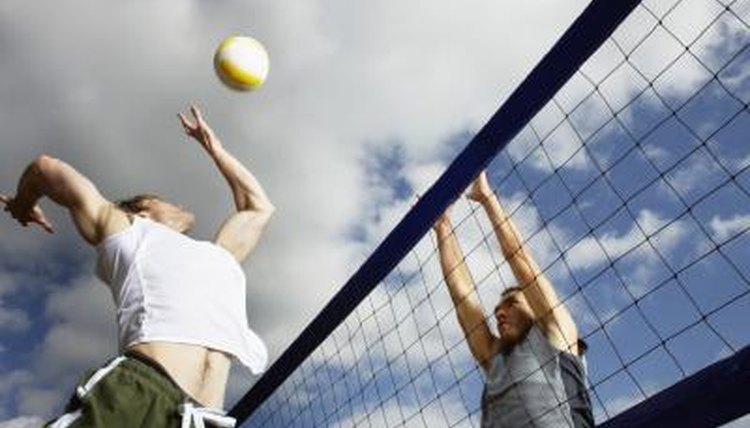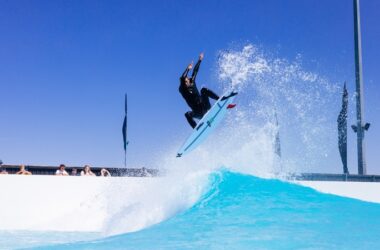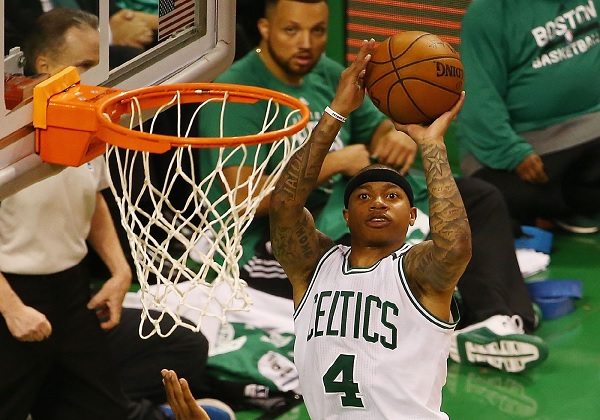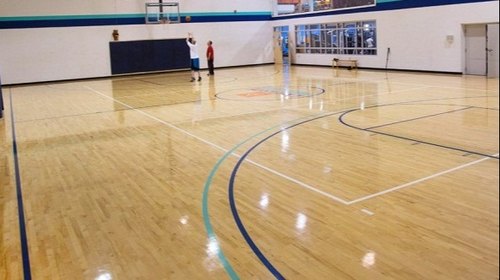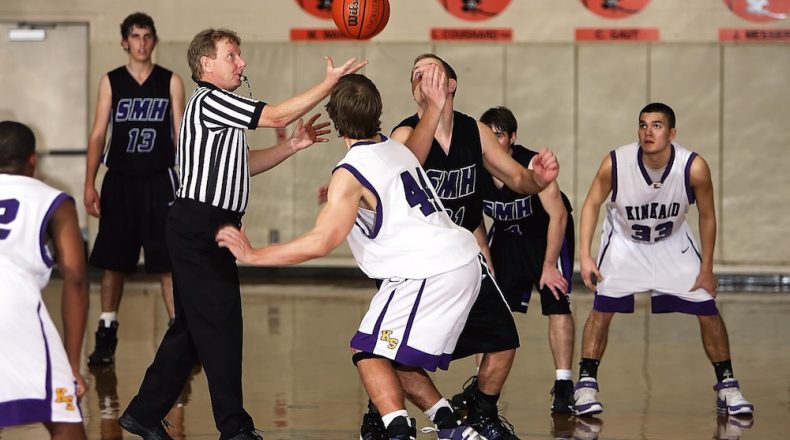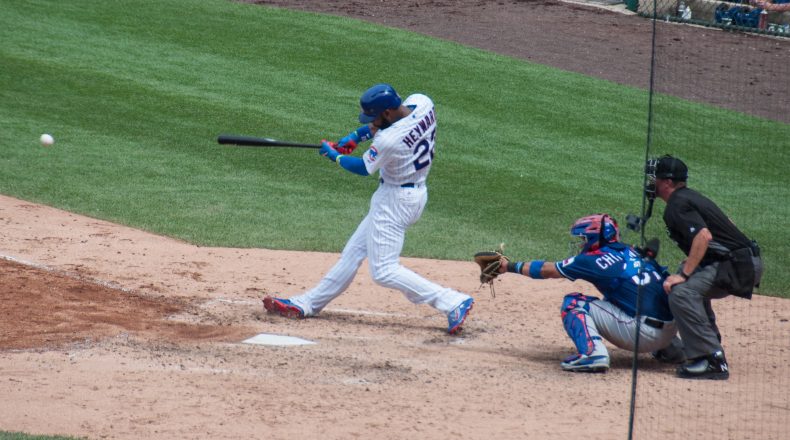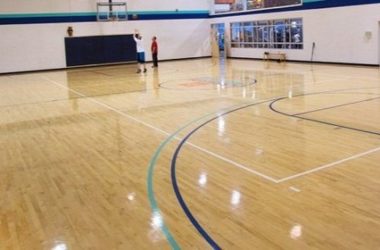Hitting is one of the most significant parts of a team’s attack. Each hit has a different purpose and can have different levels of speeds and angles. Since certain events call for particular shot types, it is essential to train different types of strikes. The benefit of using a volleyball spike training machine is that players can practice the right “ball contact” position for better performance.
What is Volleyball Spike?
A spike is usually hit with considerable force at a steep angle. A volleyball spike or attack is a strategy for throwing the ball over the net so that the opponent in the way does not get a chance to restrike the ball. The spike is delivered by moving the arm, so the ball is angled to land on the ground on the opponent’s side of the court. Expert spikers, on the other hand, follow different volleyball attack strategies to trick the competitor team while they are positioned to scoop up the ball. Tipping or dunking the ball is one strategy to catch the opponents off guard.
What is a volleyball spiking training device?
For spiking practice, players use a variety of volleyball training equipment. These training devices have been built to support a game ball at different elevations for hitting practice. Spiking training devices generally feature a hand-held frame or projection.
To let a practicing player hit an elevated ball, the device holds the volleyball to the correct height above a playing surface. The device’s design includes a C-shaped head and a support pole attached to the head. For approaching impact and movement, the head detachably holds a volleyball. The device needs to be reloaded manually after each shot.
Some volleyball spiking training device anchors one or more balls. Tethered balls don’t need to be reloaded since they bounce back to their take-off point after impact. In such designs, a volleyball is attached to a tethering line connected to a solid structure.
The different types of volleyball hits
Players can use spiking training devices to improve their different types of volleyball hits-
Dump
Instead of hitting the ball over the net, the player will “dump” the ball over the net. While the physical side of this technique is simple, distracting the opponents can be tricky. If the opponent can guess the dump, it will be relatively simple for them to block the ball. This is why players need to trick the opponents that the setter will set the ball until it is already over the net.
Hard-Driven Spike
Hard-driven spikes are downward-directed spikes that rely on power to punch the defense. This is an effective scoring strategy, but lack of accuracy lets a skilled defense block or stop it. However, if players practice improving their hard-driven spike, it will be very tough for the opponents to defend against a well-placed hard-driven spike.
Off-Speed Spike
Contrasting to hard-driven spikes, off-speed spikes direct the ball toward an open or defenseless area of the rival team’s court. But since accuracy and timing are the main concerns here, it lacks intensity and is, therefore, simple to hit back if opponents guess the move. This spike style is effective against defenders with solid blocks or gaps.
Slide Attack
A slide attack is delivered after a one-legged push-off in the side to escape the blockers before the spike. This spike is more challenging because it calls for a solid vertical jump and the strength to spike while floating laterally. To master the timing of this type of strike, a lot of repetition and practice are required. A volleyball spiking training device can be handy in this case.
Cross-Court Shot
A cross-court shot is made from one side of the net toward the back corner of the court of the opposing team. This diagonal spike is used to escape blockers and force a skilled dig. This also gives the attacker the space to land the spike in bounds since they are hitting most of the court from their standpoint.
Conclusion
In the world of volleyball, one of the most complex skills to master—is spiking. It takes proper synchronization from the spiking player. For spiking to be successful, the ball must be set, or lofted, by a player into a position where its downward trajectory rises vertically and is away from the net and out of opponents’ reach. With the help of a volleyball spike training machine, professional players can improve their spiking skills.


